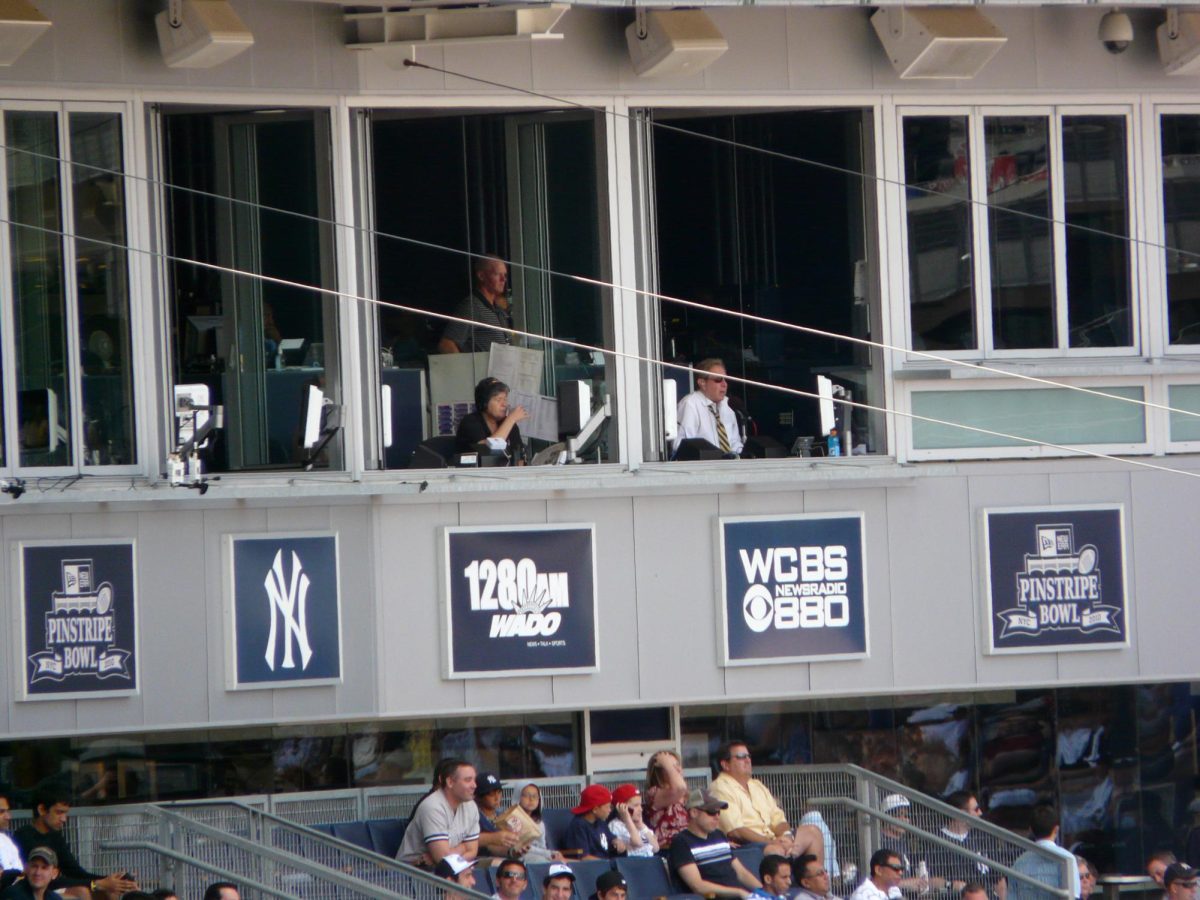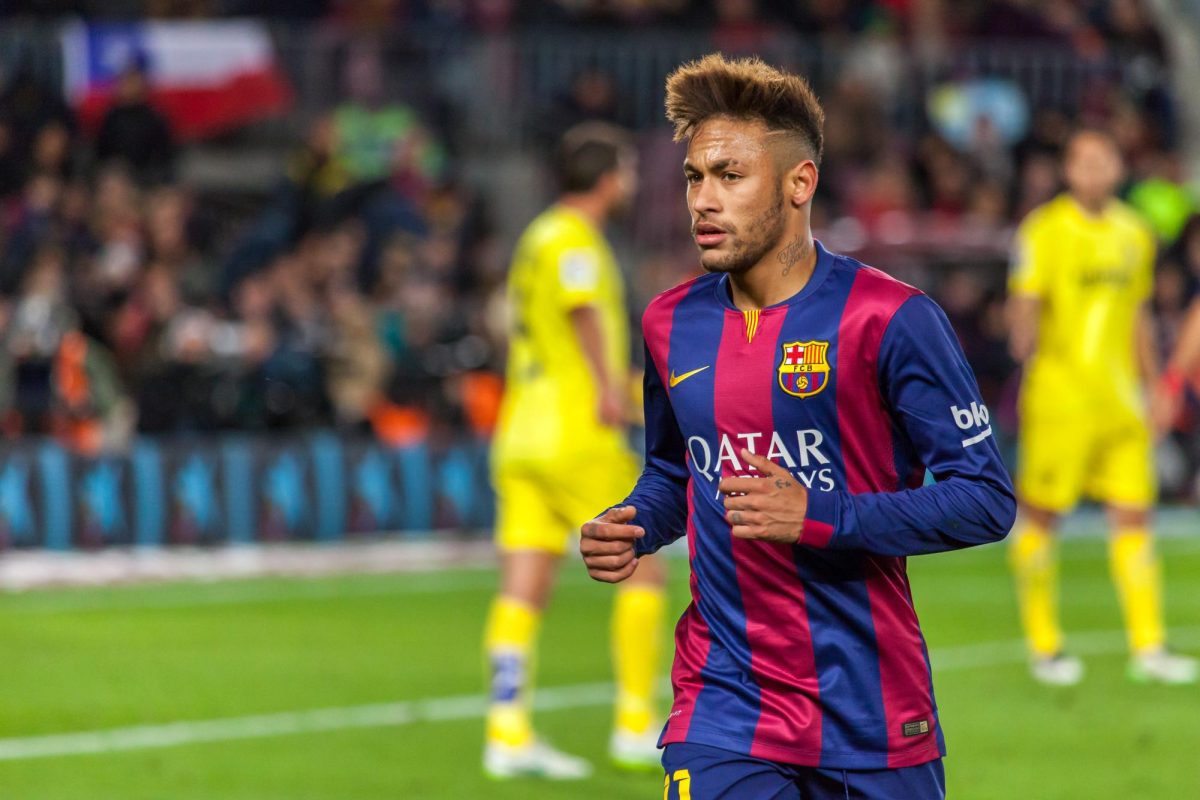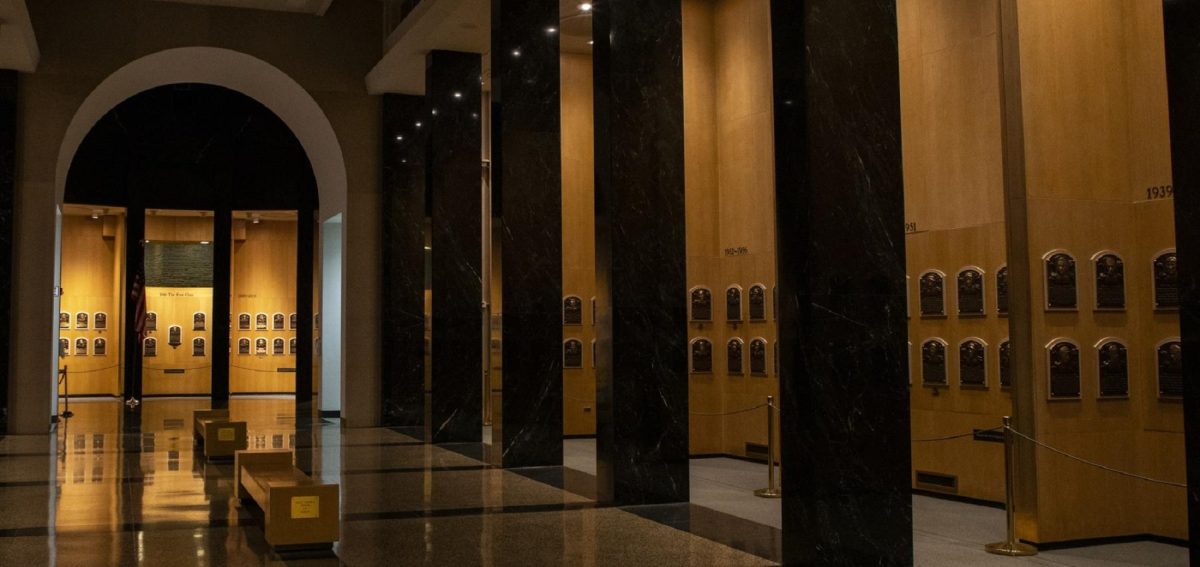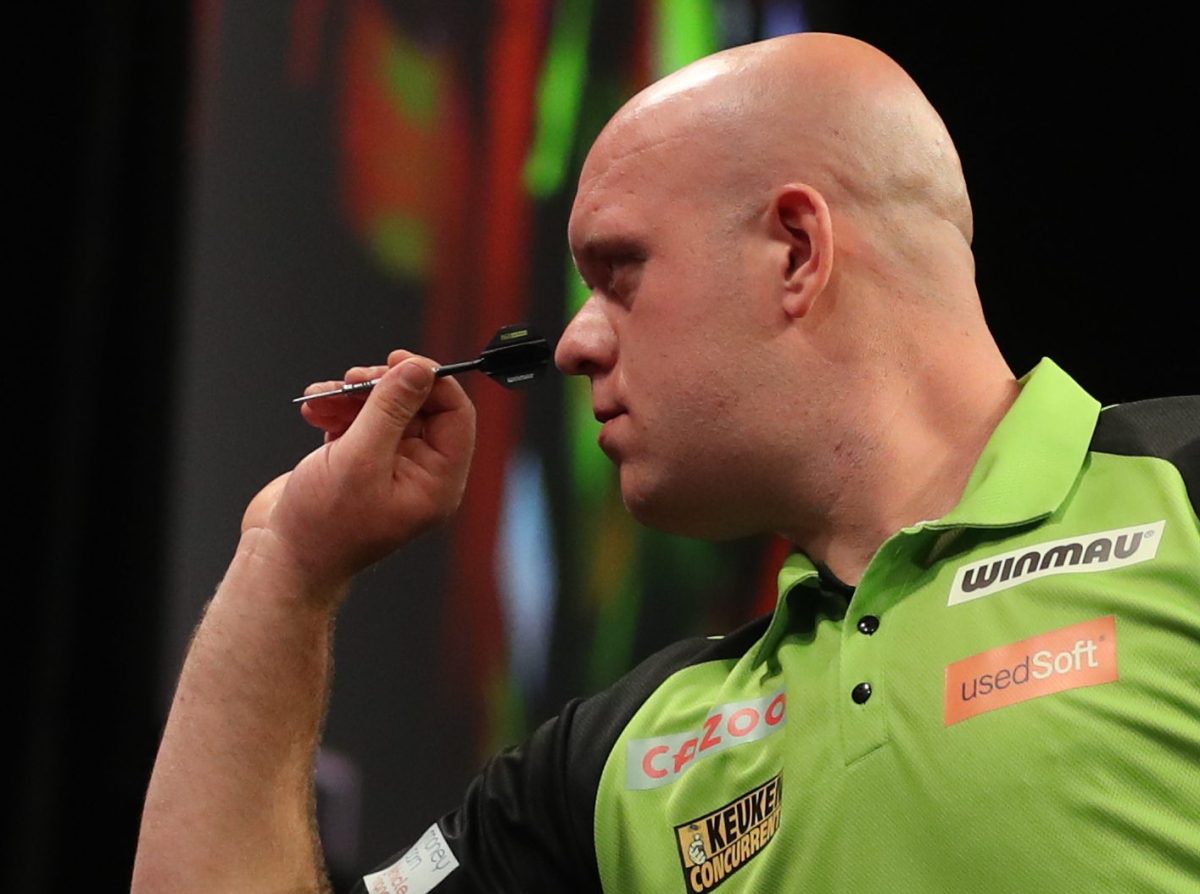While the MLB’s announcement that minor leaguers will now be represented by the Major League Baseball Players Association (MLBPA) may sound inconsequential, the inclusion of minor leagues into the league’s trade union is a major victory for MiLB advocates and will play an important factor in the future of MLB.
When we think of minor leaguers, we often think of the former first round draft selections and top international signings — most of whom have received large signing bonuses and are financially set. But the rest of the other minor leaguers — who comprise the majority of a team’s farm system — are not.
For most of MLB’s history, minor leaguers have been treated like second-class players, making barely enough to scrape by. Remember, the players for whom people have advocated and whom the union will directly address in bargaining and are not the all-star shortstops who demand nine-digit contracts. They are, rather, mostly late-round draft selections and fringe international prospects.
The minor leagues are so vast — with nearly 5,500 roster players overall — that many of its players are often forgotten in the cracks. The majority of minor leaguers are paid low wages, even below minimum wage, which is especially demanding on the players when they are expected to devote their time off the field to improving their baseball skills. While there have been some improvements as just last year MLB owners pledged to provide housing for road and home games for its minor league players, many players continue to struggle financially.
Now, though, formal participation of minor leaguers in the MLBPA should lead to even higher salaries and benefits for these players, who make up a crucial part of baseball in America.
According to ESPN, most minor league players earn between $400 and $700 a week, averaging out to around $12,000 per season. With domestic team rosters of 180 players, increasing salaries by three times would incur a $4.32 million annual charge for each MLB team.
From the owners’ perspective, this is $4.32 million invested into potential talent which may never pay off. However, I believe owners will receive a higher return on their investment because they will create a new, higher standard of living for their players. In a world where minor leaguers are well-nourished, don’t have to worry about shelter and won’t have to pick up a second job to survive, they can worry about speeding up their swing path and optimizing the spin rates on their breaking balls.
Tony Clark, the executive director of the MLBPA, said he welcomes the inclusion of minor leaguers in the union.
“This historic achievement required the right group of players at the right moment to succeed,” Clark wrote in a statement. “Minor Leaguers have courageously seized that moment, and we look forward to improving their terms and conditions of employment through the process of good faith collective bargaining.”
Although union dues will cost money for the minor leaguers, they will most certainly not be the $85 daily cost expected of major leaguers. Since they will likely be a fraction of that cost, their inclusion in the MLBPA will ultimately lead to more revenue generation through higher stadium and television viewership for minor league teams that will offset the added expenditures.
Hopefully this step will help generate some more excitement for MLB’s young prospect stars, whom the league has consistently failed since its creation. Just imagine a world in which Francisco Álvarez gets the Saquon Barkley treatment. This would, of course, imply that the Binghamton Rumble Ponies could generate a comparable amount of attention to Penn State football, but I digress.
Ultimately, I believe the MLBPA will be a net positive for minor leaguers — especially those who are not name brands. And I think the fact that minor leaguers themselves approved the measure to unionize only further validates this point. It’s about time the MLB recognizes the union rights of minor league players too.








